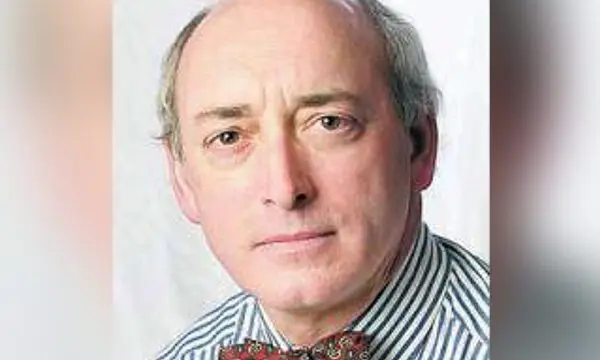A Family Ritual Worth Remembering

Story by Joseph Pisani
If you travel north on Route 3 in New Hampshire, you’ll pass the tourist attractions in the Lakes Region and then head into the White Mountains.
Along that long and winding state road is a small cemetery in a town of 800 people called Twin Mountain. Perhaps the most famous grave there belongs to the “Hermit of Crawford Notch,” John Vials. Known as “English Jack,” he died at 85 on April 24, 1912. He lived in a small shack along the railroad tracks and was a legend in those mountains.
What strikes me most about this small country cemetery is the number of benches where people can sit, pray and spend quiet time with those they’ve lost.
What happened to that ritual? At one time, we regularly visited the graves of our deceased loved ones and prayed for their souls, confident in the knowledge they would pray for us, too, before the throne of God.
A few times a year, I’ll visit my parents’ grave on a hill in Shelton, overlooking the Housatonic River, which flows peacefully to Long Island Sound. On spring afternoons, there are goldfinches twittering in the trees as the sun filters through the branches and onto their granite stone, which says, “In God’s Care,” with a rosary engraved around a cross.
One day I thought I was alone until I heard someone. Nearby, an elderly man was sitting in a lawn chair, talking to his deceased wife. I could tell he visited her often, and the conversation probably sustained him in what was likely the lonely grief that often accompanies us in later life.
I was reminded of scenes in the “Rocky” movies, where the retired heavyweight champ played by Sylvester Stallone visits his late wife, Adrian Balboa, who died at 51 of cancer between the fifth and sixth movies. To film those scenes, Stallone had a granite gravestone placed in Laurel Hill Cemetery in Philadelphia, where he would visit Adrian and sit on a wooden chair while he told her about the challenges he faced in his life without her.
That gravestone is still there, and thousands of fans were so moved by those fictitious scenes of grief that each year they visit it. The engraving simply says, “Adrian Balboa, March 10, 1950–January 11, 2002.”
It brought back memories of my childhood, when my mother would take us every Sunday after Mass to St. Michael Cemetery in Stratford, where we’d visit grandparents, parents, aunts, uncles and cousins. It was somewhat of a weekly family reunion. My responsibility was to carry the watering pail and walk to the spigot and fill it so we could water the geraniums planted around the headstones.
After tidying up the graves, we would say our prayers, wish our relatives well and ask for their prayers. We weren’t the only ones. The cemetery was crowded with other families, who were also paying their respects.
Even though we kids had other things we preferred to do on Sunday morning, our mother was resolute that this was an obligation we had to fulfill. No debate. She politely but firmly explained it was our responsibility to remember and pray for those who had gone before us.
Looking back, I realize it was also a ritual that assuaged the grief she must have felt.
I confess that when I visit my parents’ grave, my approach is a little different. I talk to them too, but my conversation — which I hope no one overhears — goes something like this: “Mom, Dad what are you doing up there? Help us. This world is a frightening place. So many of our family members have fallen away from the faith. Pray harder please because we need help down here.” (That’s only a slight over-dramatization.)
I have no doubt that we have to return to the family rituals that sustained the bond between the living and the dead … and kept us together.
So take time to pay respects to your deceased family members and friends. You won’t regret it. Praying for the dead is a spiritual work of mercy. Visiting their graves is also a reminder of our own mortality and the importance of working toward our salvation.
One more thing: If we pray for their souls, we can be assured they’re praying for ours.
